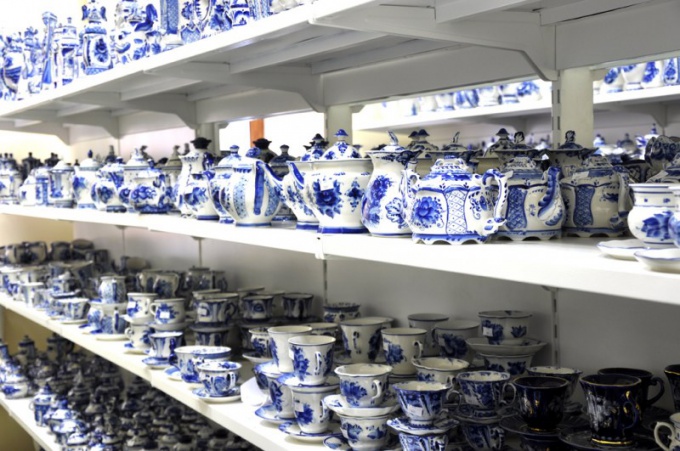Selection and processing of the workpiece
Regardless of what you are going to paint, carefully select the blank. It should not have noticeable damage such as cracks and chips, as well as knots. Stock purchased from an art supply store usually does not need to be washed. If there is noticeable dirt, wash the board with a stiff brush, possibly with soapy water, and let it dry. If there are noticeable irregularities, level the surface with a large sandpaper, and then sand it with a fine one. Apply primer and let the board dry.Picture
You can do the drawing yourself. An ordinary simple pencil fits well on a primed tree. You can take the finished composition and transfer it to the board using carbon paper. Try to choose patterns with clear contours and a small amount of small details. The subject can be different: floral and geometric ornament, landscape, still life, even a portrait. Of course, if you are painting a figurine of an animal or a nesting doll, apply all the necessary details - a muzzle or face, stripes for a cat, a handkerchief and an apron for a nesting doll, etc.painting
Start painting with the largest details. To do this, select the widest brush. Apply paint in an even layer. If you are painting a vertical figure, start applying paint from the top. Acrylic paints can be too thick and need to be thinned with water. After the large fields are filled, let the workpiece dry, and then proceed to work out the smaller details. The last stage is the study of very small details and the drawing of contours with a very thin brush. If you do not use acrylic paints, but, say, gouache or watercolor, the work will need to be varnished. Colorless parquet varnish in this situation is more suitable than others.Related article
The art of decorating surfaces with paints and a brush is called artistic painting. The very concept of painting is seriously different from painting, as it is part of the space conceived by the artist.

Artistic painting was originally applied to any democratic and easily obtained materials: leather, wood, natural fabrics, clay and bone. Skills were passed down from generation to generation by craftsmen, specific artistic techniques appeared that helped the recognition of the product. Over time, the most meaningful and expressive application of the ornament was chosen. In architecture, ceilings, vaults, walls, beams were decorated with paintings, and in everyday life, decor was applied to household items.
The systematization of various types of painting was first started in 1876 by Professor A.A. Isaev in his two-volume book entitled "Crafts of the Moscow province". Artistic painting enterprises are still developing their business in order to meet the demand in the markets of Russia and abroad.
Khokhloma painting
The skill of a fine brush, which came from the monasteries, was used in the rich floral ornament. From there, the secret was derived of how to paint dishes in gold color without the use of gold. The painting has not changed to the present, and the process from ancient times to the present day is the same. A blank of dishes is turned from wood on a lathe, then primed with a specially prepared clay solution or artificial primers are used. The dishes are covered with paint based on tin or silver, less often - aluminum. They paint according to the conceived motive and dry it in an oven, then varnish it and again do hot drying.
Since the product undergoes intensive heat treatment several times, the paints were chosen from those whose brightness was not affected by high temperatures. It is black, gold and cinnabar.
Gzhel porcelain
Gzhel is unique, since each artist, using classical and familiar motifs, creates the technique individually. The main role belongs to the experience of the master and the movement of his brush. At the same time, harmonious transitions from dark blue to pale blue appear on whiteness from one stroke. Only one paint is used, cobalt, and the drawing is done very quickly, the first time.
Matryoshka
These figurines of different sizes, nested in one another, originate from Japan. These dolls gained great popularity in 1900, after an exhibition in Paris. The main production took place in the village of Polkhovsky Maidan, which was famous for both painting and turners - after all, the shape of the matryoshka had to be carved.
Polkhovskaya nesting doll has distinctive features by which it can be recognized among others. She has a face painted in small strokes, and a wild rose flower in the forehead area. The color of the scarf contrasts with the color of the sundress, and from the back the matryoshka is 2/3 scarlet or green. The apron is oval and runs from the neck to the ground.
The most difficult to process, straw-encrusted matryoshka from Vyatka.



